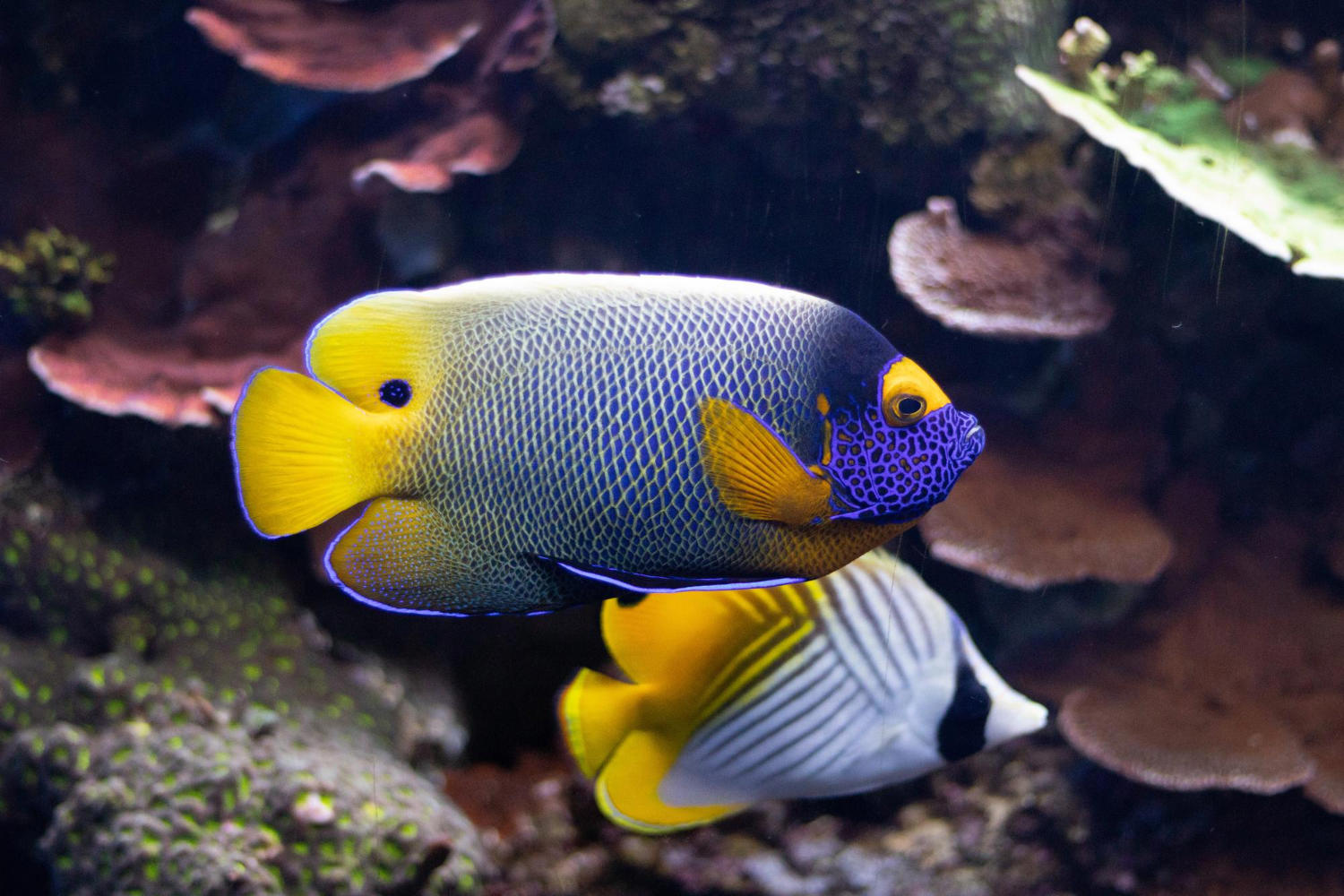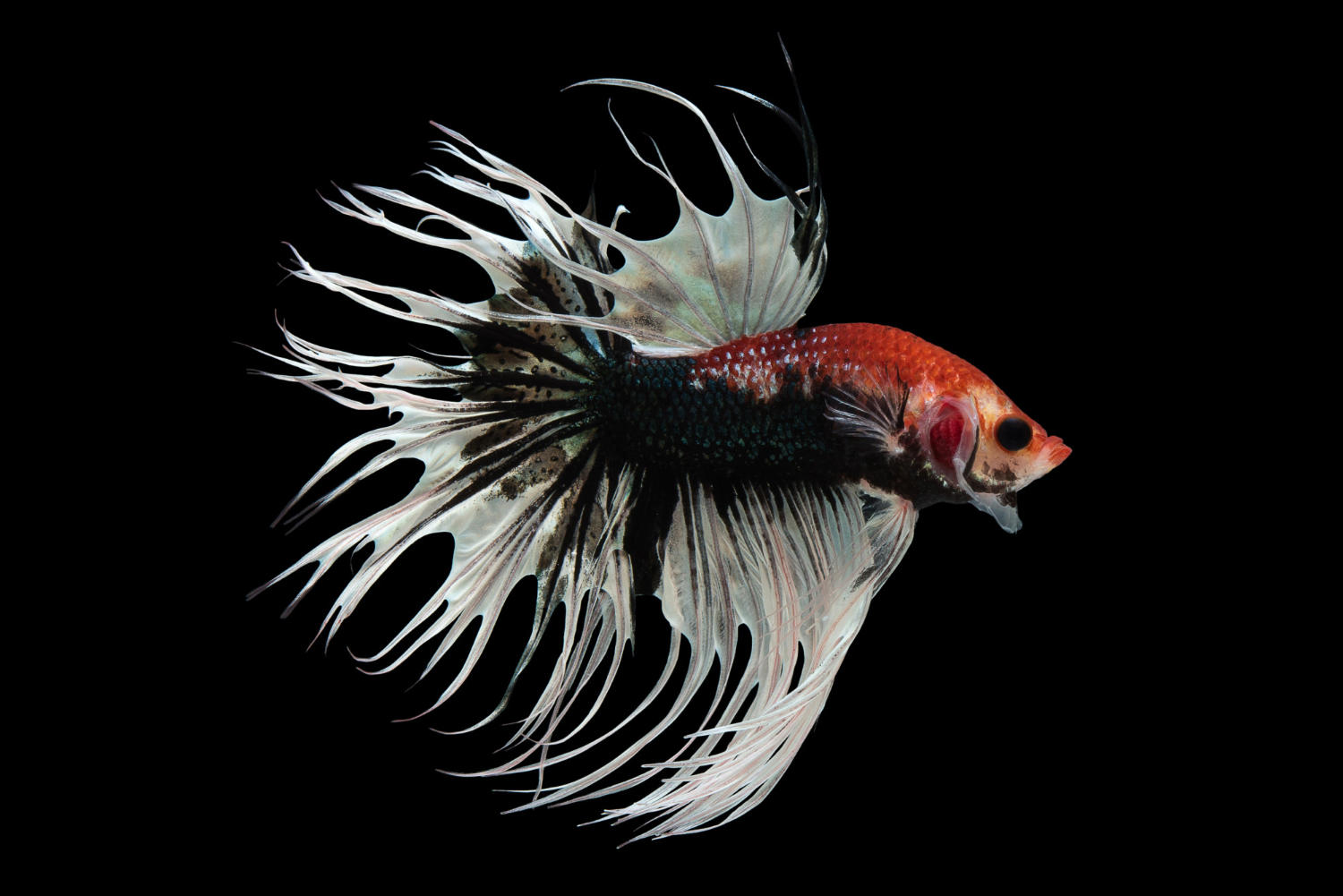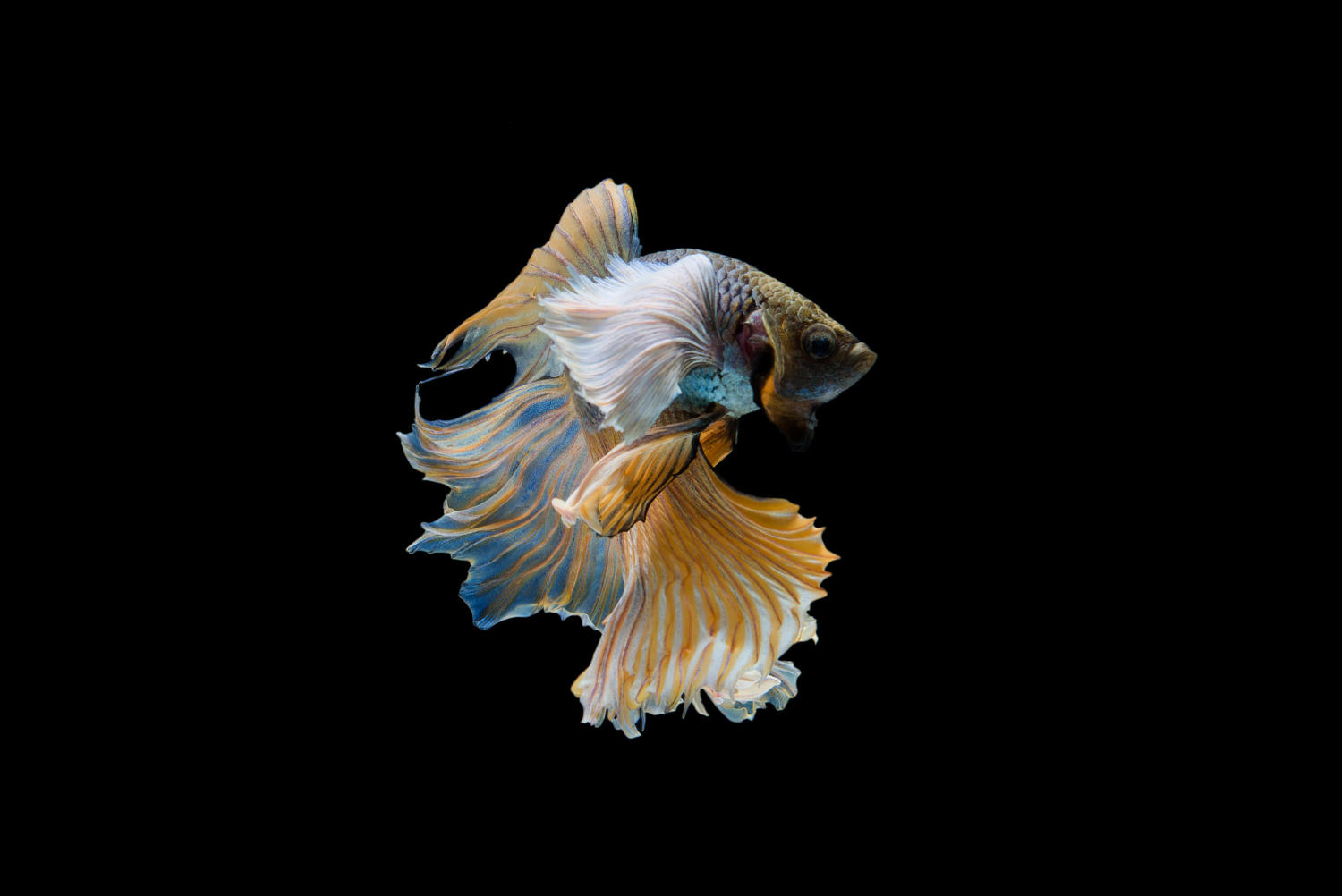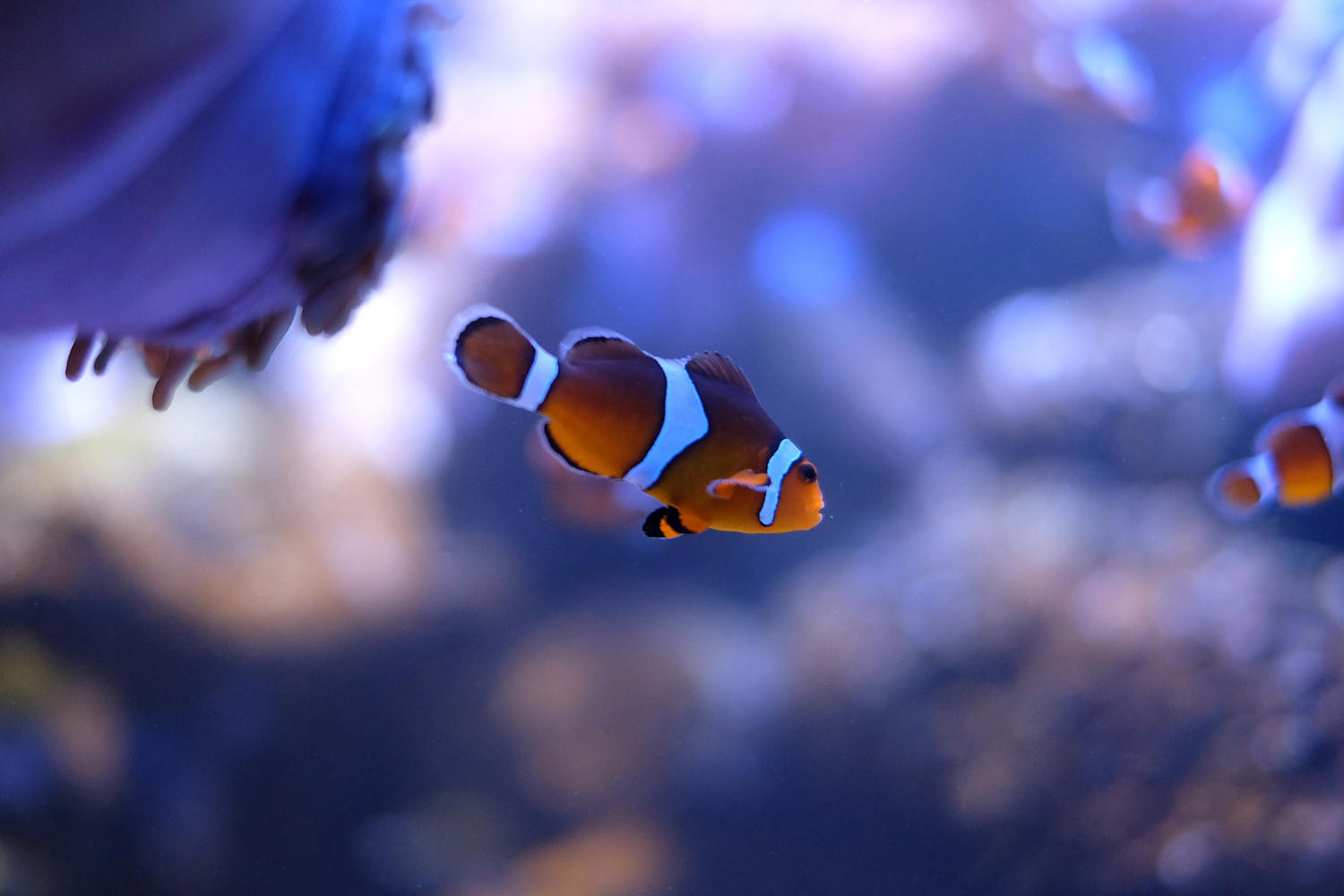
If you’re a beginner in the world of fish keeping, you may find the choice of substrate for your fish tank to be a daunting task. After all, there’s a vast array of substrates available with different colors, textures and sizes. But don’t worry! In this blog post, I’ll provide you with a comprehensive guide to choosing the right substrate for your fish tank, so that you can make a confident decision.
If you’re just starting out with your first fish tank, one of the most important decisions you’ll make is what type of substrate to use. Substrate is the material that lines the bottom of the tank and provides a base for plants and decorations. It also helps balance out the chemistry of your tank and provide a healthy environment for your fish. Choosing the right substrate can help keep your fish healthy and your tank looking great.
There are many types of substrate to choose from, so it can be hard to know where to start. To help, we’ve put together a guide to choosing the right substrate for your fish tank.
1. Consider the type of fish you have.
Different species of fish have different needs when it comes to substrate. For example, some fish prefer sandy substrates while others prefer gravel. When choosing a substrate for your tank, make sure to research what type of substrate is best for the type of fish you have.
2. Decide whether you want natural or artificial.
Natural substrates are a great way to create a more realistic environment for your fish. Natural substrates are made from natural materials like sand, gravel, and rocks. They can also be treated with additives that help to keep the water chemistry balanced. Artificial substrates, on the other hand, are made from man-made materials like plastic or ceramic. They tend to be less expensive than natural substrates and easier to clean, but they don’t always provide the same level of realism.
3. Think about the size of your substrate.
The size of your substrate is important because it affects how much bacteria can grow in your tank. If you have large fish, you may want to opt for a larger substrate so that there’s enough room for bacteria to grow. On the other hand, if you have smaller fish, you may want to choose a finer substrate to create a more delicate environment for them.
4. Choose a color that suits your tank.
The color of your substrate is important because it can affect the overall aesthetic of your tank. Natural substrates come in a variety of colors, but if you want something more vibrant, you may want to choose an artificial substrate. Artificial substrates are available in a wide range of colors, so you can find one that suits your tank’s design.
5. Consider cost.
Cost is another important factor to consider when choosing a substrate. Natural substrates tend to be more expensive than artificial ones, but they’re also more durable and offer more benefits for your fish. If you’re on a budget, artificial substrates may be the better choice.
Choosing the right substrate for your fish tank is an important decision that can have a big impact on your fish’s health and the overall look of your tank. By considering the type of fish you have, the size and color of the substrate, and your budget, you can find the perfect substrate for your tank. With the right substrate, you can create an environment that’s both healthy and aesthetically pleasing.
Choosing the right substrate for your fish tank is an important decision that can impact the health and happiness of your fish. With a variety of substrates available on the market, it can be difficult to know which one is the best for your tank. This guide for beginners provides tips on topics like color and size, as well as important considerations like the type of fish and plants you keep in the tank. Ultimately, the goal is to create a healthy, safe, and aesthetically pleasing environment for your fish. With careful consideration of the aforementioned factors, selecting the right substrate for your tank can be a relatively straightforward process. Thanks to this guide, you now have the knowledge and confidence to make the right decision for your tank.



.jpg)

.jpg)

.jpg)